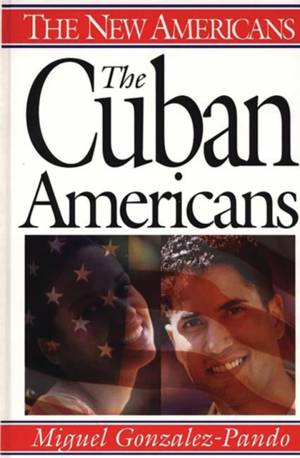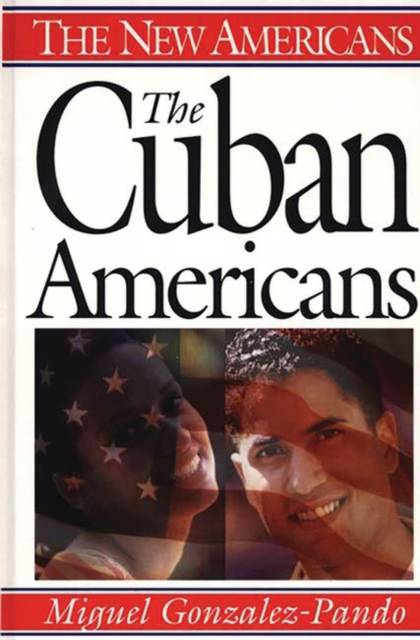
- Retrait gratuit dans votre magasin Club
- 7.000.000 titres dans notre catalogue
- Payer en toute sécurité
- Toujours un magasin près de chez vous
- Retrait gratuit dans votre magasin Club
- 7.000.000 titres dans notre catalogue
- Payer en toute sécurité
- Toujours un magasin près de chez vous
Description
Today more than one million emigrés make up the Cuban diaspora, and many, though living in America, still consider themselves part of Cuba. This book captures the struggles and dreams of Cuban Americans. Using this resource, students, teachers, and interested readers can examine the engaging and often controversial details of Cuban immigration. Such details include patterns of immigration, adaptation to American life and work, cultural traditions, religious traditions, women's roles, the family, adolescence, language, and education. Because the author is himself a Cuban American, he does not treat the emigr^D'es as mere subjects nor does he tell their story in statistical terms alone. As an insider, he delves deeply into the soul of the community to illustrate all the dimensions of the Cuban American experience.
Gonzalez-Pando's unique vantage point yields not just a detailed account of major events that have influenced the development of the Cuban exile community in the United States, but also a knowledgeable interpretation of the impact of those events. He focuses on the community's self-identification as exiles, showing how these reluctant emigr^D'es have found the strength to succeed in America without surrendering their sense of national and cultural identity. A timeline of Cuban American history, biographical sketches of 20 noted Cuban Americans, a bibliography, and photos complete the text. Like its subjects, this book is thought-provoking and inspiring.Spécifications
Parties prenantes
- Auteur(s) :
- Editeur:
Contenu
- Nombre de pages :
- 224
- Langue:
- Anglais
- Collection :
Caractéristiques
- EAN:
- 9780313298240
- Date de parution :
- 23-04-98
- Format:
- Livre relié
- Format numérique:
- Genaaid
- Dimensions :
- 163 mm x 243 mm
- Poids :
- 489 g







